|
|
|
|
|
Image Gallery for Melanoplus nubilus - Nubile Melanoplus
|
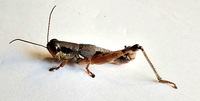 | Recorded by: Mark Basinger
Columbus Co.
Comment: |  | Recorded by: Mark Basinger
Columbus Co.
Comment: |
 | Recorded by: Mark Basinger
Brunswick Co.
Comment: |  | Recorded by: Mark Basinger
Brunswick Co.
Comment: |
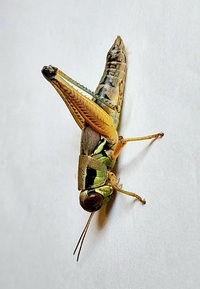 | Recorded by: Mark Basinger
Brunswick Co.
Comment: | 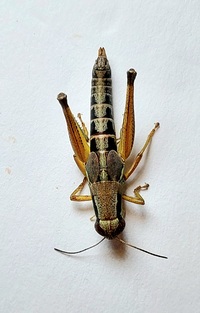 | Recorded by: Mark Basinger
Brunswick Co.
Comment: |
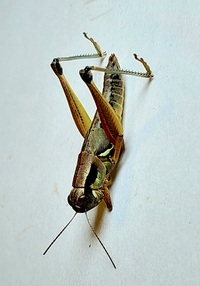 | Recorded by: Mark Basinger
Brunswick Co.
Comment: |  | Recorded by: Mark Basinger
Brunswick Co.
Comment: |
 | Recorded by: Mark Basinger
Brunswick Co.
Comment: | 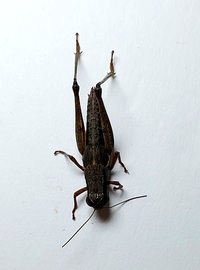 | Recorded by: Mark Basinger
Brunswick Co.
Comment: |
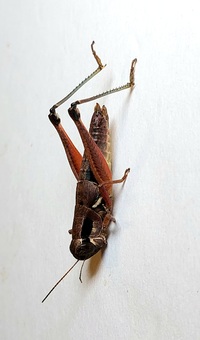 | Recorded by: Mark Basinger
Columbus Co.
Comment: | 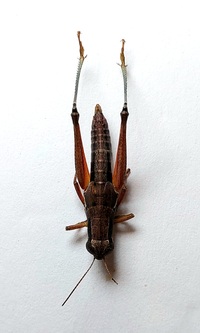 | Recorded by: Mark Basinger
Columbus Co.
Comment: |
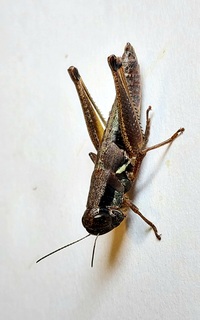 | Recorded by: Mark Basinger
Columbus Co.
Comment: | 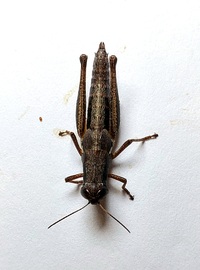 | Recorded by: Mark Basinger
Columbus Co.
Comment: |
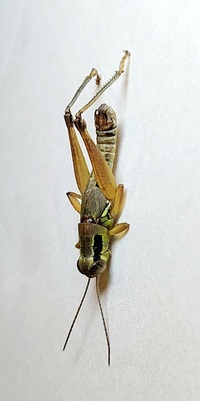 | Recorded by: Mark Basinger
Brunswick Co.
Comment: | 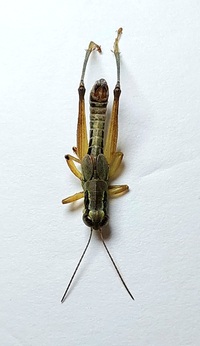 | Recorded by: Mark Basinger
Brunswick Co.
Comment: |
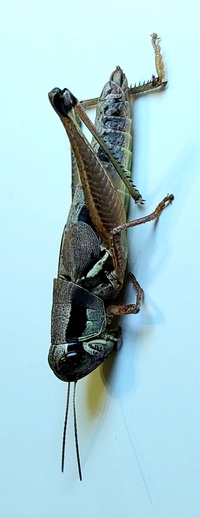 | Recorded by: Mark Basinger
Columbus Co.
Comment: |  | Recorded by: Mark Basinger
Columbus Co.
Comment: |
 | Recorded by: Mark Basinger
Brunswick Co.
Comment: | 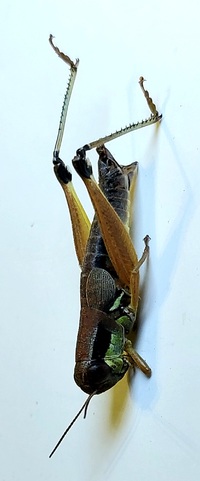 | Recorded by: Mark Basinger
Brunswick Co.
Comment: |
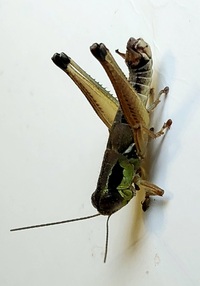 | Recorded by: Mark Basinger
Brunswick Co.
Comment: | 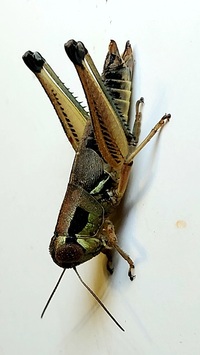 | Recorded by: Mark Basinger
Brunswick Co.
Comment: |
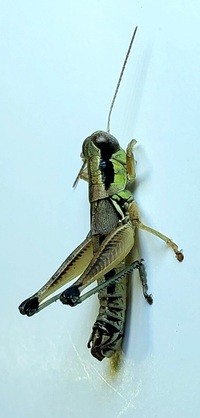 | Recorded by: Mark Basinger
Brunswick Co.
Comment: | 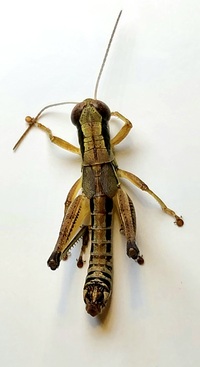 | Recorded by: Mark Basinger
Brunswick Co.
Comment: |
 | Recorded by: Mark Basinger
Columbus Co.
Comment: | 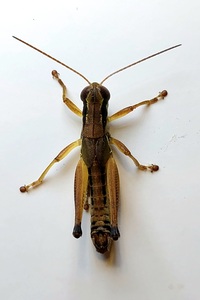 | Recorded by: Mark Basinger
Columbus Co.
Comment: |
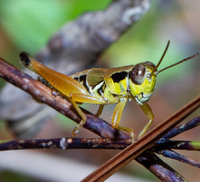 | Recorded by: Steve Hall
Scotland Co.
Comment: |  | Recorded by: Steve Hall
Scotland Co.
Comment: |
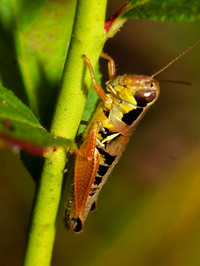 | Recorded by: Steve Hall
Scotland Co.
Comment: | 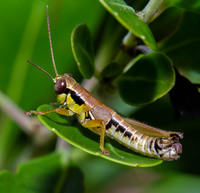 | Recorded by: Steve Hall
Scotland Co.
Comment: |
 | Recorded by: E. Corey, D. Lenat
Cumberland Co.
Comment: | 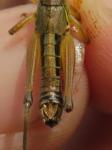 | Recorded by: E. Corey, D. Lenat
Cumberland Co.
Comment: |
 | Recorded by: Stephen Hall
Columbus Co.
Comment: Identity confirmed through field inspection of the cerci | 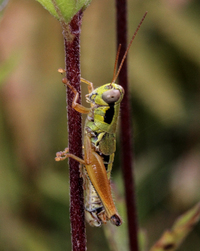 | Recorded by: Stephen Hall
Harnett Co.
Comment: |
 | Recorded by: Stephen Hall
Harnett Co.
Comment: |  | Recorded by: Stephen Hall
Brunswick Co.
Comment: |
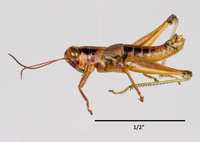 | Recorded by: Steve Hall
Brunswick Co.
Comment: 3 adult males, 1 adult female |

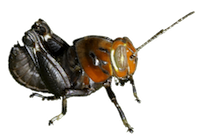 »
»


 »
»
